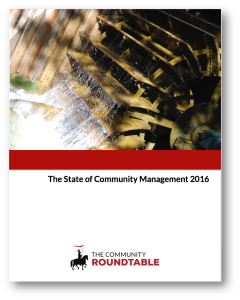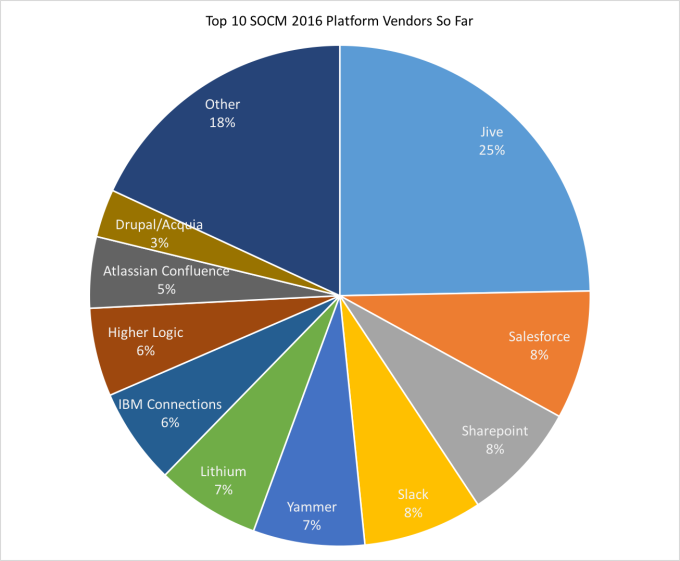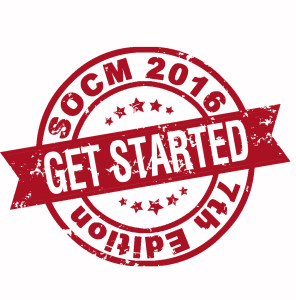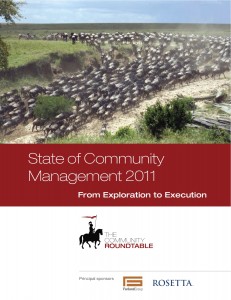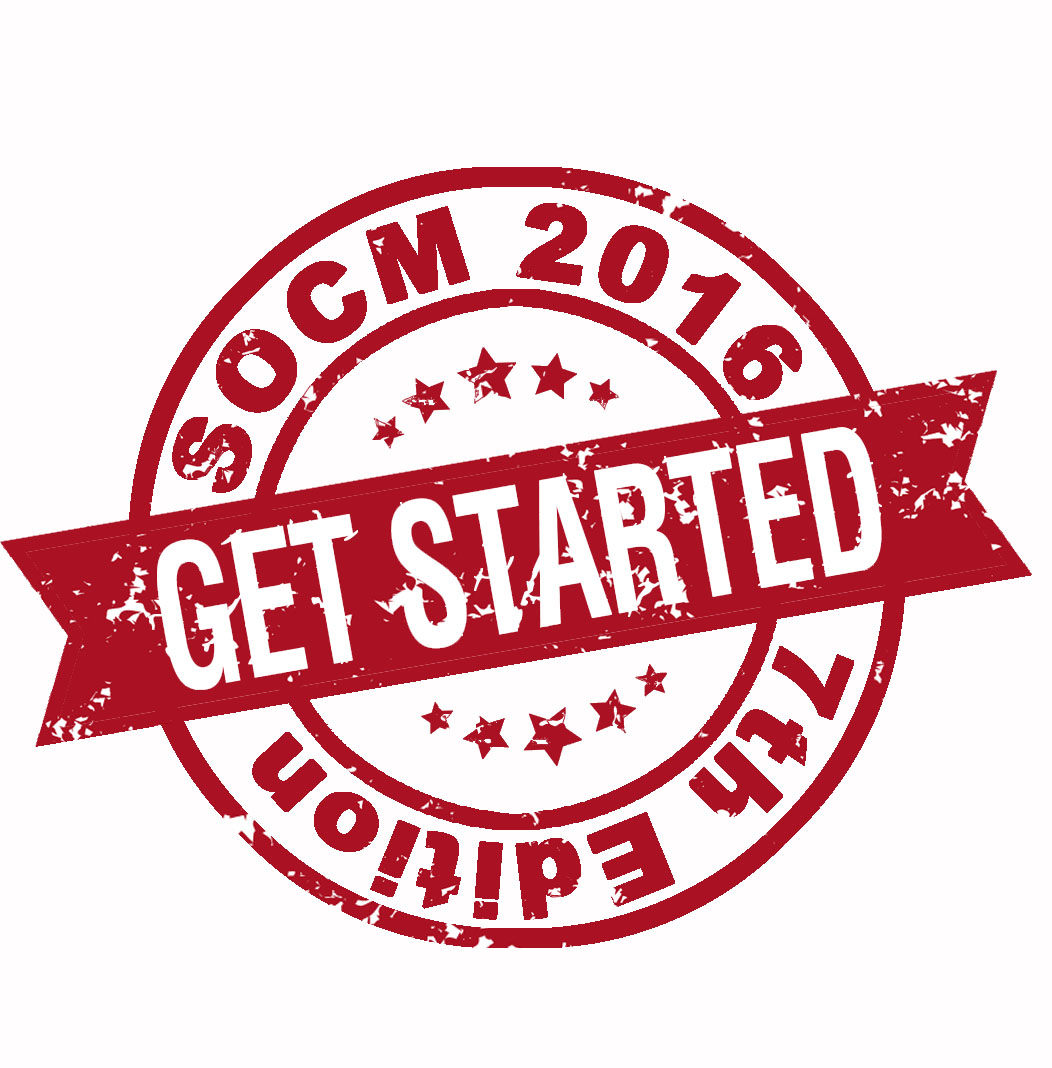By Rachel Happe, Co-founder and Principal, The Community Roundtable.
It’s an exciting time to be in the community field. In the past couple of years, communities have 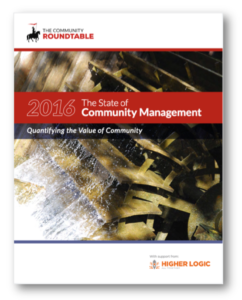 gained the executive spotlight. It’s currently shining pretty brightly. But the spotlight brings its own challenges and pressures. There are more vendors, a wider range of understanding and expectations, and more pressure to produce and articulate value. That is at best stressful and distracting, and at worst it can undermine existing efforts to cover the basics.
gained the executive spotlight. It’s currently shining pretty brightly. But the spotlight brings its own challenges and pressures. There are more vendors, a wider range of understanding and expectations, and more pressure to produce and articulate value. That is at best stressful and distracting, and at worst it can undermine existing efforts to cover the basics.
In short – you may need shades.
It’s time to prove we deserve that attention and can deliver on the promise of a community approach. We have to tell the stories of our community value and articulate the resources we need to get there. We are at an inflection point, and it’s a challenging time to be a community program owner. As with any inflection point, chaos comes before consolidation around the new normal.
The good news? Executives are excited about the potential of communities and community management skills are in demand.
The bad news? All the attention and expectations can distract us from the things that have made us successful so far, and at the same time, we need to learn new lessons in scaling. Budgets are growing, but they are not keeping pace with the demand for our time, which is our scarcest resource.
Why is this all happening now?
- Community leaders have done a great job communicating the potential of communities and demonstrating they can deliver high engagement rates.
- Social media value is crumbling as social networks turn into social ad platforms. While they do deliver value, they have not fulfilled their potential for deep engagement.
- Organizations need to adapt to the pace of change and innovation is a strategic priority. Communities are the most effective way to deliver agile learning and change.
It’s rocky out there because a lot of people are feeling unsettled and there is no clear, correct path to changing our organizations. In the current environment, it’s easy to question or second guess ourselves, but one thing I feel strongly about is this: a community approach can help navigate 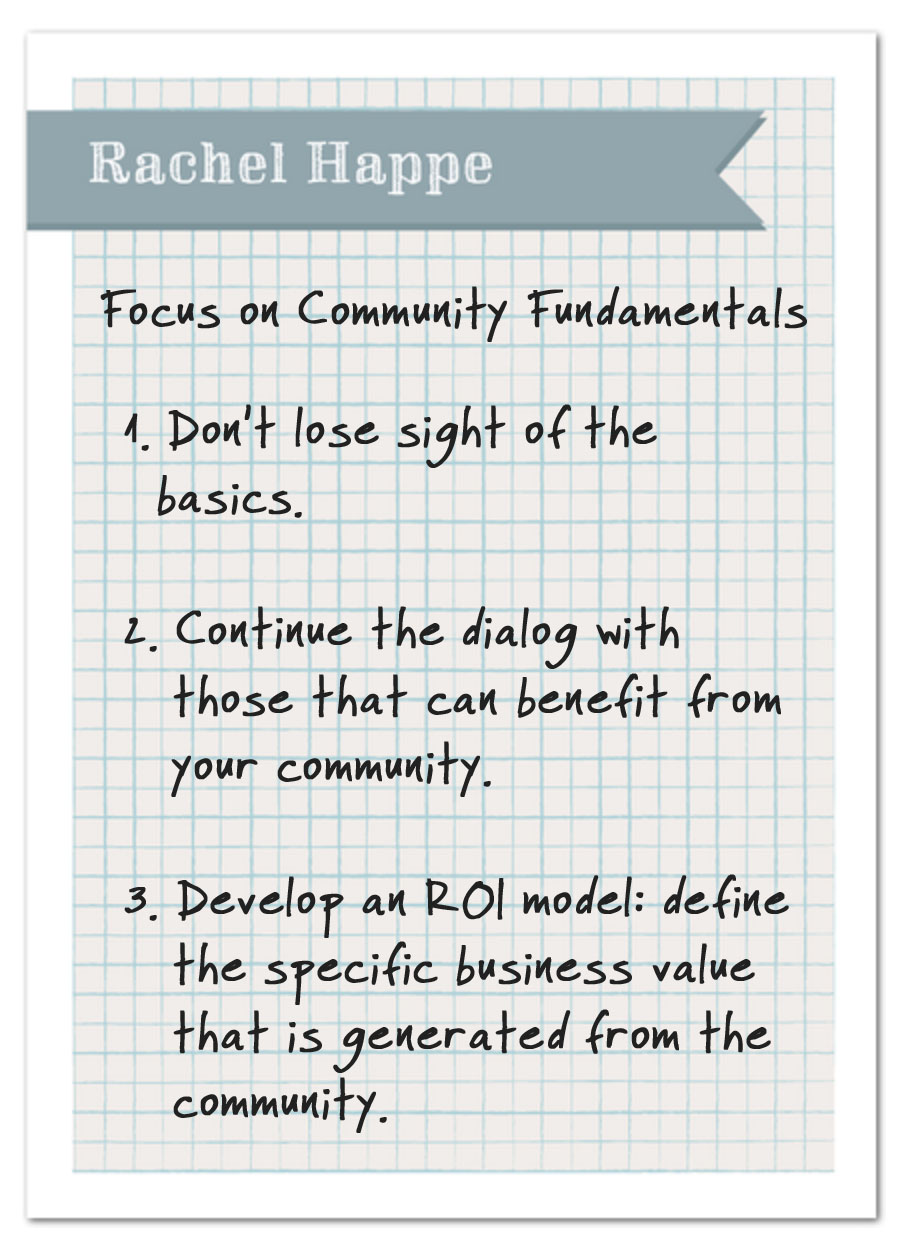 these issues in a way that brings along customers, prospects and employees. It is the best way, and maybe the only way, to keep our organizations in sync with themselves and with their markets.
these issues in a way that brings along customers, prospects and employees. It is the best way, and maybe the only way, to keep our organizations in sync with themselves and with their markets.
As community professionals, we need to keep our focus on the fundamentals and continue to reinforce value and success:
- Don’t lose sight of the basics.
- Continue the dialog with those that can benefit from your community.
- Develop an ROI model: define the specific business value that is generated from the community.
The 2016 State of Community Management report is a great opportunity to sit back and take perspective on where communities are going, where your organization is headed and how you can deliver on the promise of community.
Also a big thank you to Higher Logic, who supported this important work. For those of you interested in highlights, join us for a webinar on Wednesday, May 25th at 2pm ET.
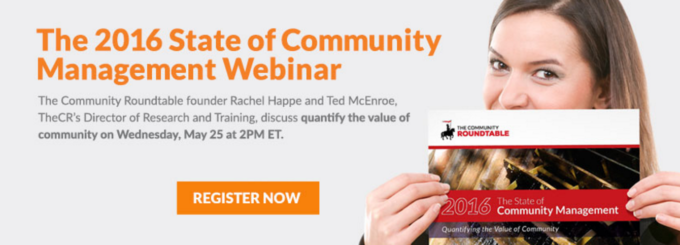
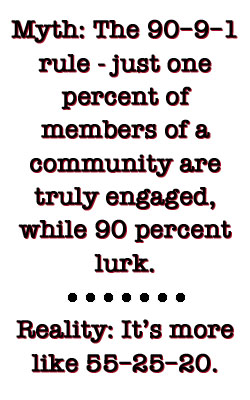
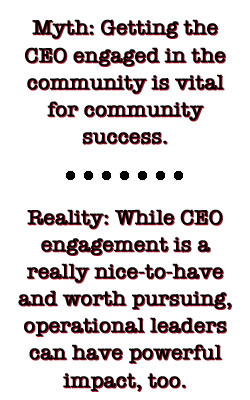 Myth: Getting the CEO engaged in the community is vital for community success.
Myth: Getting the CEO engaged in the community is vital for community success.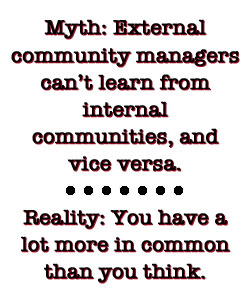 Myth: External community managers can’t learn from internal communities,and vice versa.
Myth: External community managers can’t learn from internal communities,and vice versa. Ask an overworked community manager what they wish they had more of – and you’re likely to get one of two answers: resources or time. How a community pro spends his or her time matters greatly to their communities, but how much? We asked our participants to share how they and their teams spent their time – and saw some interesting trends.
Ask an overworked community manager what they wish they had more of – and you’re likely to get one of two answers: resources or time. How a community pro spends his or her time matters greatly to their communities, but how much? We asked our participants to share how they and their teams spent their time – and saw some interesting trends.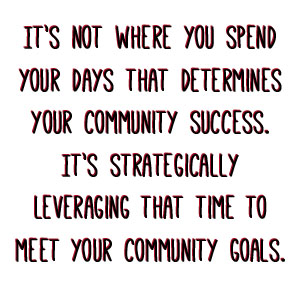 Of course, “in the platform” does not equate to “visible in the community”, either – a reminder again both that much of your important work can go unseen by members, and that “working out loud” is a great way to bring visibility to work (yours and others’) that makes a robust community possible.
Of course, “in the platform” does not equate to “visible in the community”, either – a reminder again both that much of your important work can go unseen by members, and that “working out loud” is a great way to bring visibility to work (yours and others’) that makes a robust community possible.